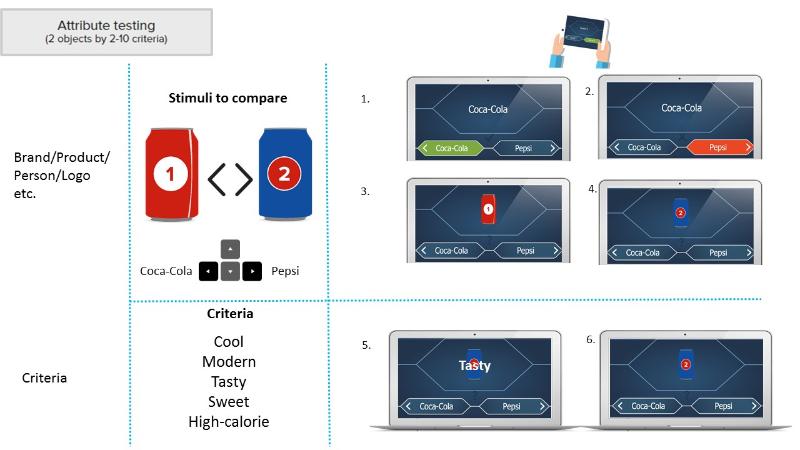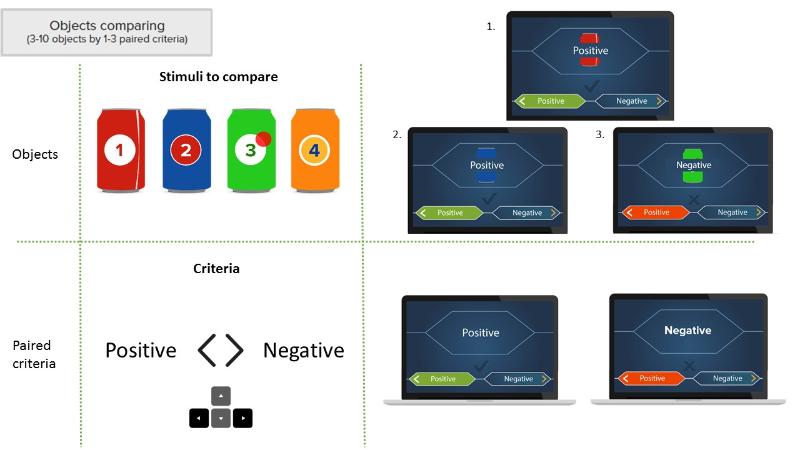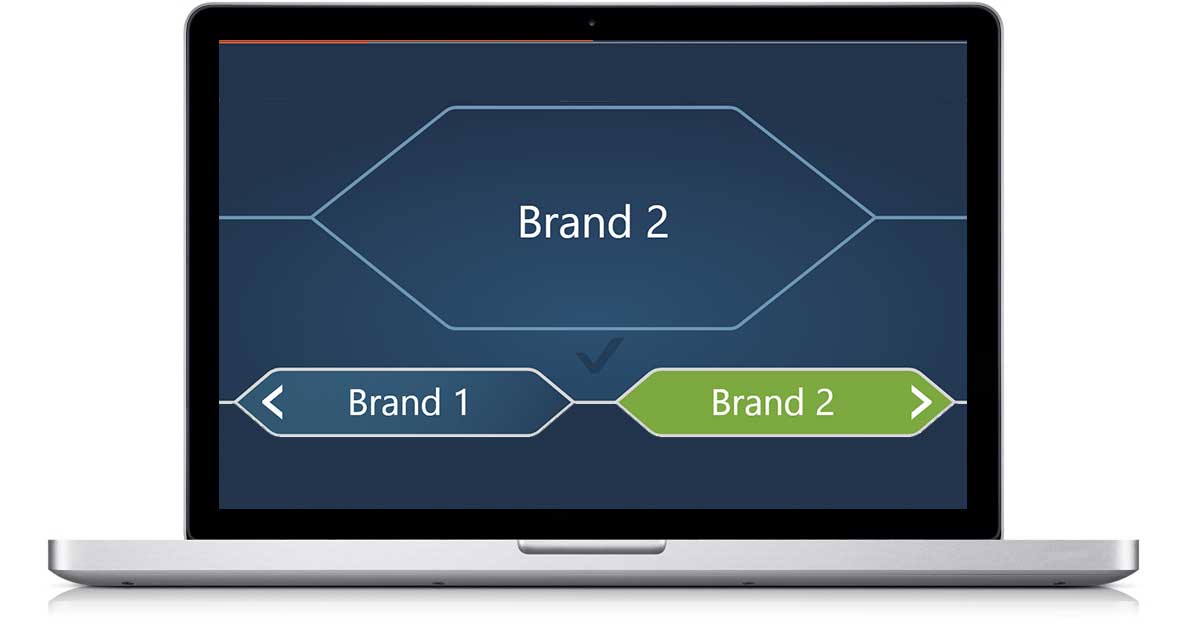The IPT (Implicit Priming Test) is a subset of IRT approach (Implicit Reaction Time) that combines elements of the Semantic Priming Task and the Implicit Association Test. It allows you to capture and measure unconscious reactions of respondents to external stimuli.
Using IPT you can detect biases, stereotypes or preferences as well as to analyze whether particular ads influence a respondents' intention to buy the product.
The application of the Implicit Priming Test is the most effective when there is an assumption that respondents have biased attitudes to the tested object (product, company, person, etc.).

- Easy to set up
- No special equipment
- Fully automated
- Integrated with survey
- Integrated with neuro-tools
- Fast results
The results of IPT are based on the reaction time analysis. We unconsciously agree with something, we react very quickly, without thinking much. If something contradicts our perception of things, we need more time to react to the external stimuli. By comparing the reaction time with the combination of objects and their attributes, one can conclude which characteristic (beautiful, stylish, desirable, very expensive, useless, etc.) is associated more with Object A or Object B.

Get the intelligent consumer insights
Request demonstration to find out how it works Find out how it works
Request DemoSee how CoolTool can help you





 • Objects comparing provides an opportunity to simultaneously compare up to 10 objects by 1-3 pairs of opposite characteristics.
• Objects comparing provides an opportunity to simultaneously compare up to 10 objects by 1-3 pairs of opposite characteristics.

 When we unconsciously agree with something, we react very quickly, without thinking much. If something contradicts our perception of things, we need more time to react to the external stimuli.
When we unconsciously agree with something, we react very quickly, without thinking much. If something contradicts our perception of things, we need more time to react to the external stimuli.
